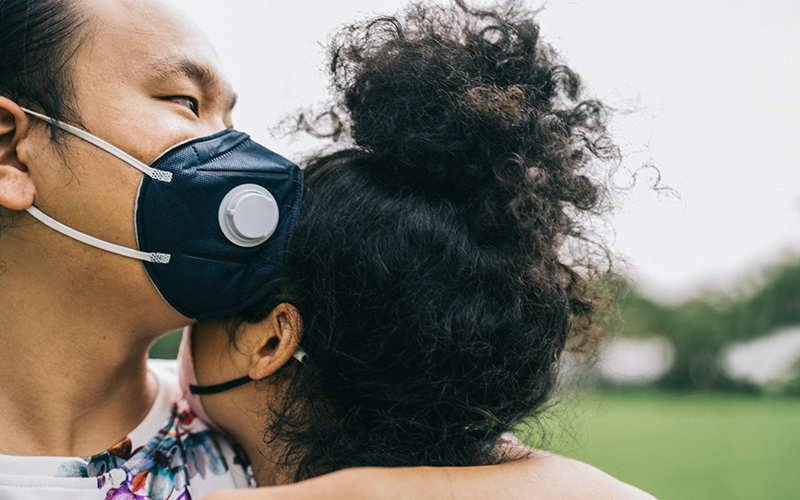We’ve been deprived of many types of social interaction that we took for granted before COVID-19 hit our community.
A simple catch up at a coffee shop.
Dinner and movies out on a weekend night.
Or a drop by at a family or friend’s house (tea and bikkies provided).
With Victoria now easing restrictions one step at a time, we’ve been lucky to regain these face to face forms of social interaction. But the act of touch – a handshake, a kiss or a hug – is another form we’ll need to be wary of for some time.
We’re almost in the clear though, aren’t we?
While in Victoria we’ve had no new cases of COVID-19 reported for several weeks, social distancing (with people outside of our household) is important for ensuring we keep this number to zero.
Continuing to maintain social distancing and avoiding physical contact will be difficult, especially for those who have lived alone or who have experienced ‘touch deprivation’ during the pandemic.
 Photo by Anna Tarazevich from Pexels
Photo by Anna Tarazevich from Pexels
Human contact is an important element in maintaining social connection, and for many it is also an important part of family or community culture, but something as simple as a hug is also impactful on our mental wellbeing.
Hugging, and other forms of positive touch, release chemicals in our bodies that reduce stress and increase feelings of happiness.
So how can we establish these forms of positive touch with others while minimising risk of COVID-19 transmission and maintaining social distancing?
‘Touch’ in a Covid world
Lara Herrero and Elina Panahi from Griffith University have recently written six tips to limit the risk of COVID-19 transmission when hugging or close contact is unavoidable. These include*:
- Don’t hug anyone showing COVID symptoms, or if you have any symptoms.
- Don’t hug a vulnerable person (the elderly, immunocompromised and those with other medical conditions), as these people will be at higher risk if they contract COVID.
- When hugging another healthy person, avoid pressing your cheeks together; instead, turn your face in the opposite direction.
- Wear a mask.
- Hold your breath if you can. That way you can avoid transmitting or inhaling infectious respiratory droplets during the hug.
- Wash or sanitise your hands before and after the hug.
But with social distancing still required and hugging discouraged, here are some ways to establish positive touch in maintaining social bonding or getting those ‘happy chemicals’:
- While nothing quite compares to a hug, other forms of more distanced physical contact can be used instead. If you’re out on a picnic with a loved one, sit opposite each other keep your feet together/legs touching.
- Close contact with animals or pets releases happy chemicals, too! So a hug, a pat or being in close proximity to an animal can help.
- Use a weighted blanket to simulate feelings of being held.
- Hugging a teddy bear or soft toy can bring comfort too. Don’t be embarrassed – no one is going to judge you in your own home!
- Use sign language or make a heart shape with your hands when saying hello or goodbye! Auslan Signbank and YouTube have some great tutorials, like this one! Or try tapping feet instead of a handshake.
- Maintain other forms of regular social interaction like meetups and video chats.
Liz Gellel | Communications Coordinator
*No, a hug isn’t COVID-safe. But if you have to do it, here’s what to keep in mind.
Read more: